Understanding Event-Driven Architecture: Core Principles and Components
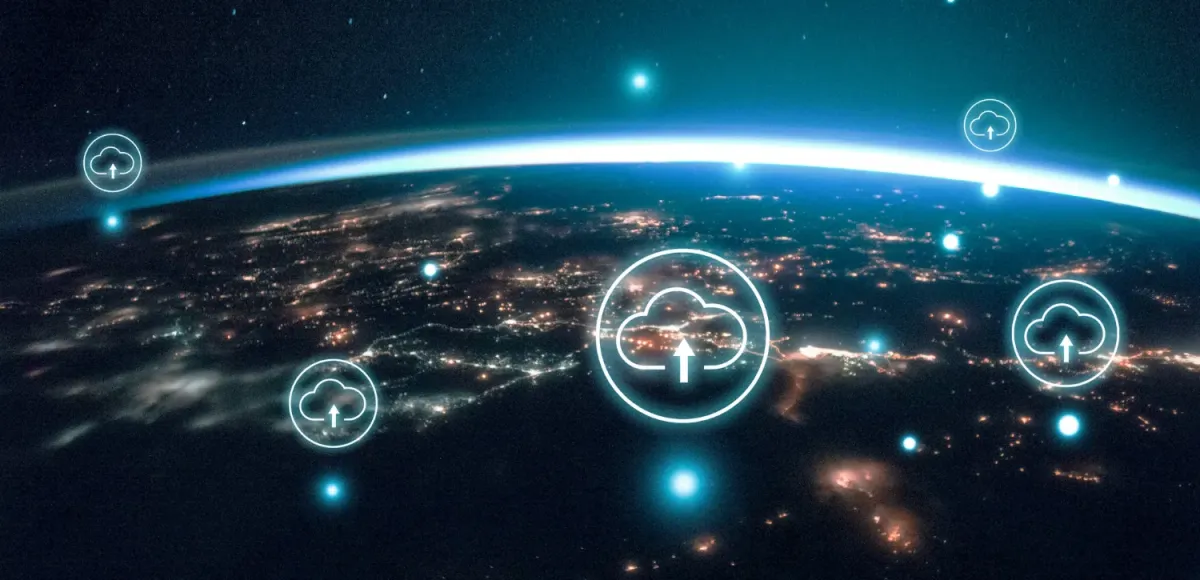
Event-Driven Architecture (EDA) is revolutionizing the way applications are designed, enabling systems to respond to events in real time. For technical managers seeking to deepen their understanding of EDA and its implementation within Azure, this article explores the core principles and components that form the foundation of this powerful architectural approach.
What Is Event-Driven Architecture?
Event-Driven Architecture is a software design pattern where the flow of the application is determined by events—signals that indicate a change in state. These events can originate from user actions, sensor outputs, or messages from other programs.
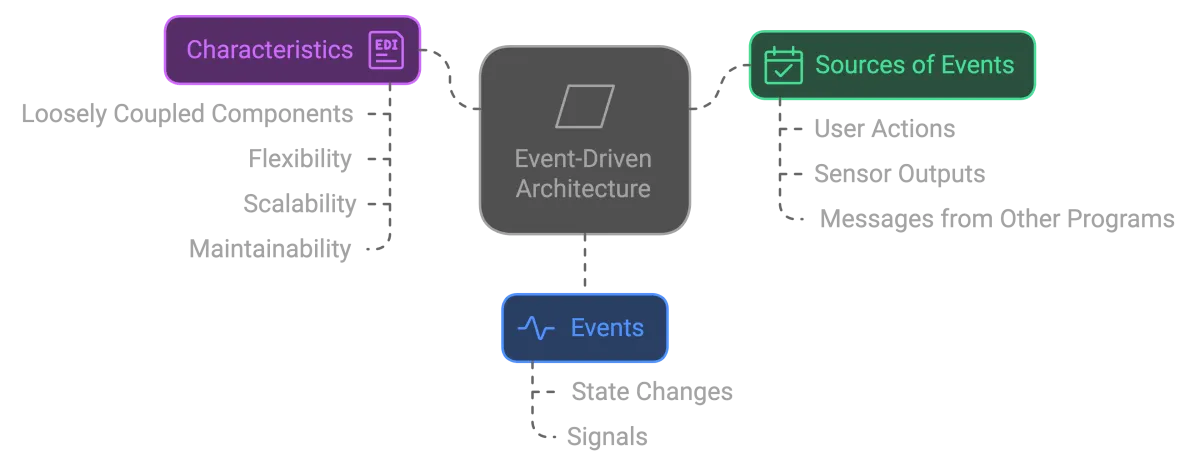
In EDA, components are loosely coupled, meaning they operate independently and communicate through events. This decoupling enhances system flexibility, scalability, and maintainability, making it easier to develop and evolve complex applications.
Core Principles of Event-Driven Architecture
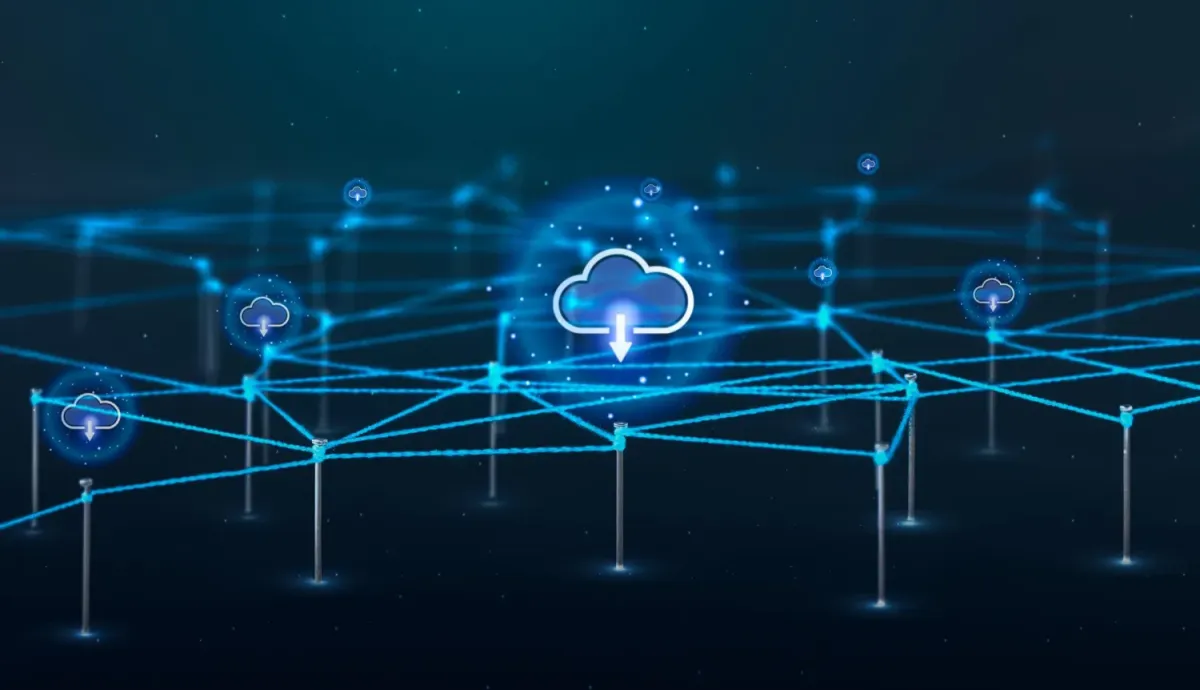
Understanding the core principles of EDA is essential for effective implementation. These principles dictate how events are produced, transmitted, and consumed within a system.
1. Decoupling of Components
In EDA, event producers and consumers are independent. Producers generate events without needing to know who will consume them, and consumers process events without knowing their source.
Key Benefit: Decoupling allows for independent development and scaling of components, reducing interdependencies and simplifying maintenance.
2. Asynchronous Communication
Events are processed asynchronously, meaning the producer doesn’t wait for the consumer to handle the event before continuing its own processing. This non-blocking communication improves system responsiveness and throughput.

Example: In a messaging app, when a user sends a message, the app doesn’t wait for the recipient to read it before allowing further actions.
3. Scalability
EDA enables systems to handle varying loads by scaling event processing components independently. This flexibility ensures that increased demand doesn’t degrade performance.

Scalability in Action: A streaming service can scale its event consumers to handle spikes in viewer activity during a live event.
4. Resilience
By decoupling components and processing events asynchronously, EDA enhances system resilience. Failures in one component don’t necessarily impact others, allowing the system to continue functioning.
Did You Know?
Implementing retry mechanisms and dead-letter queues in Azure can improve resilience by handling failed events gracefully.
Components of Event-Driven Architecture
A solid understanding of EDA components is crucial for designing effective systems. The primary components include:
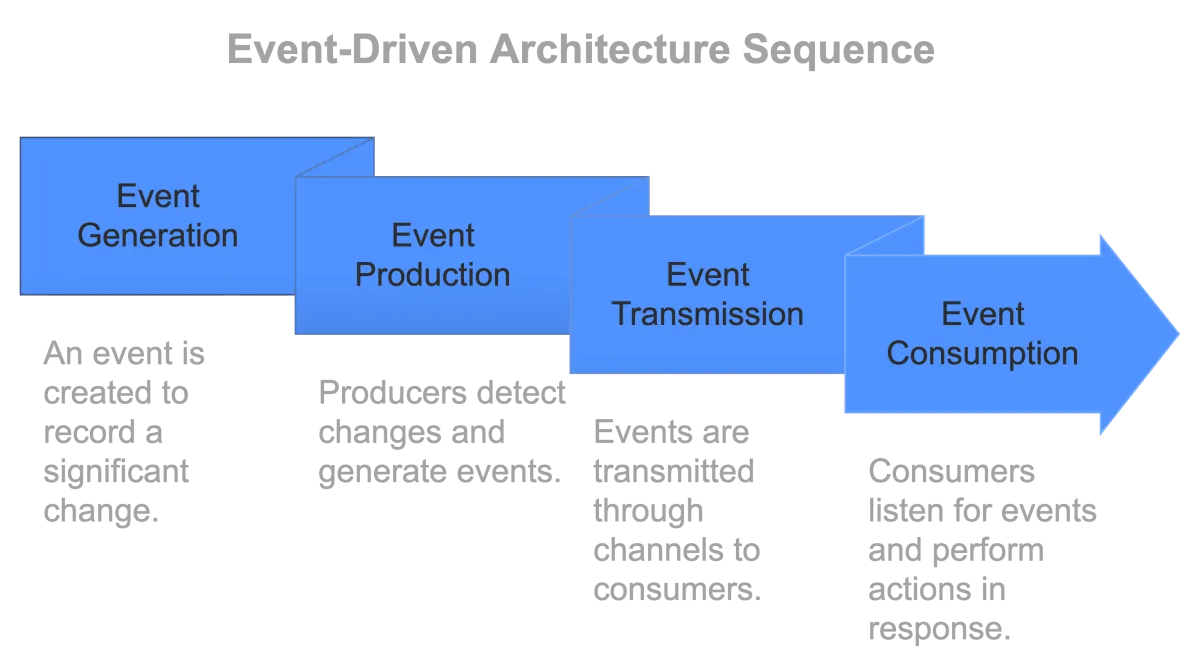
Events
An event is a record of a significant change or action within the system. Events are immutable and carry information about what happened and when.
Example: “Order #1234 has been placed at 10:05 AM.”
Event Producers
Producers are responsible for detecting changes and generating events. They are the sources of events in the system.
Common Producers: Web applications, databases, IoT devices, microservices.
Event Consumers
Consumers listen for events and perform actions in response. They subscribe to specific event types and process them accordingly.
Consumer Actions: Updating records, triggering workflows, sending notifications.
Event Channels
These are the pathways through which events are transmitted from producers to consumers. In Azure, services like Event Grid, Service Bus, and Event Hubs serve as event channels.
How Components Work Together in Azure
Azure provides robust services that facilitate the implementation of EDA by managing event routing, messaging, and processing.
Azure Event Grid
Azure Event Grid is a fully managed event routing service that uses a publish-subscribe model. It simplifies the development of event-based applications by routing events from sources to subscribers.
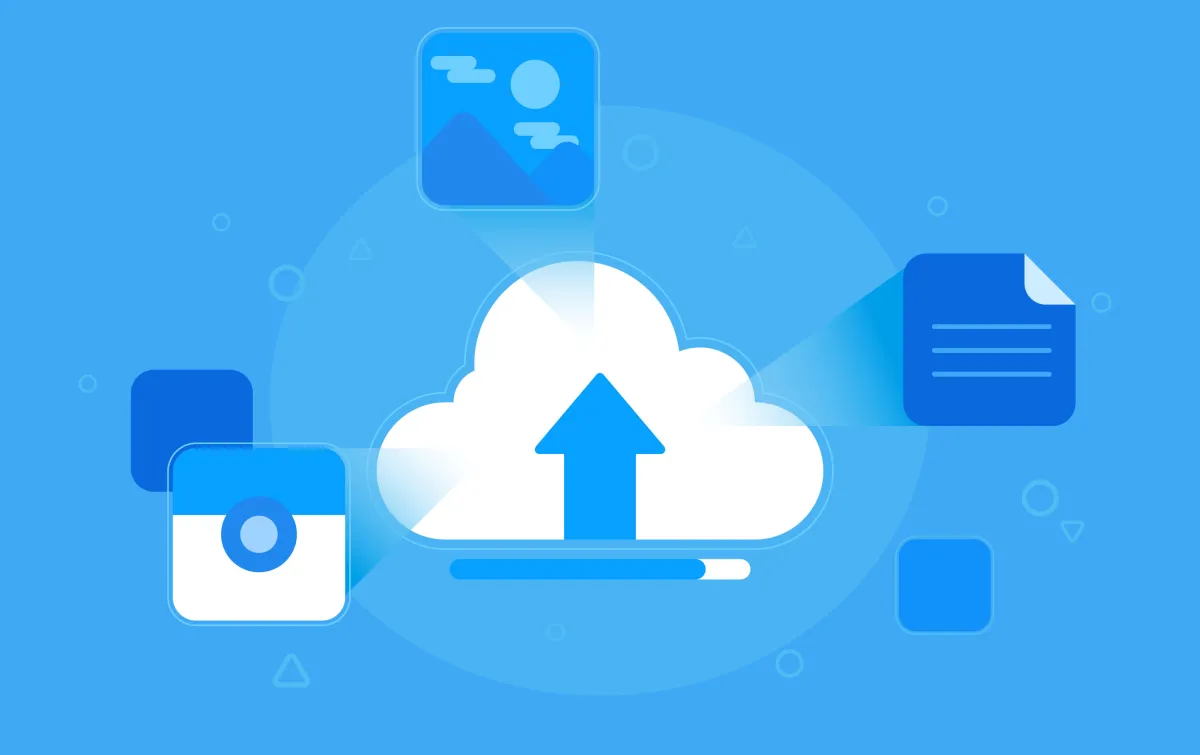
Use Case:
When a new file is uploaded to Azure Blob Storage, Event Grid can trigger an Azure Function to process the file.
Azure Service Bus
Azure Service Bus is a messaging service that enables reliable communication between components. It supports complex messaging patterns and ensures message delivery.
Features:
- Queues and Topics: For point-to-point and publish-subscribe communication.
- Advanced Messaging: Supports transactions, sessions, and dead-letter queues.
Azure Event Hubs
Azure Event Hubs is a big data streaming platform and event ingestion service. It’s ideal for high-throughput scenarios like telemetry data and logging.
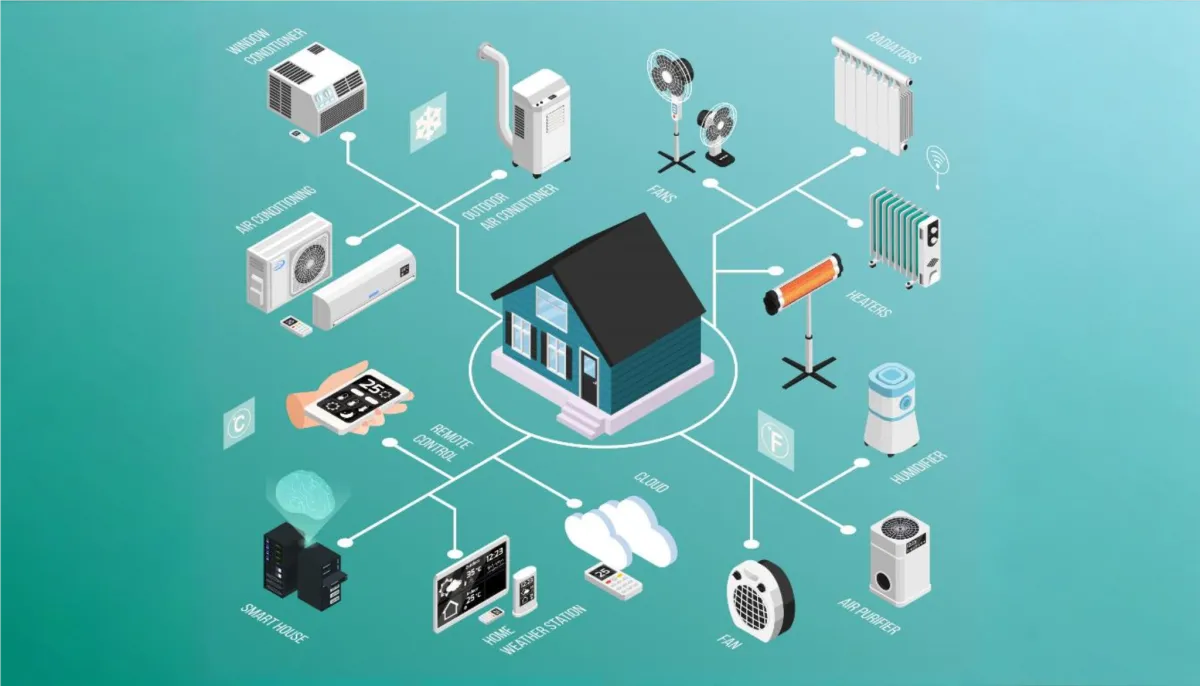
Example:
Collecting real-time data from IoT devices for analytics and monitoring.
Implementing EDA Principles with Azure Services
Azure’s event-driven services embody EDA principles, making it straightforward to implement robust architectures.
Decoupling with Event Grid
Event Grid allows producers and consumers to remain unaware of each other. Producers publish events to Event Grid, and consumers subscribe to events of interest.
Asynchronous Processing with Azure Functions
Azure Functions can be triggered by events from Event Grid, Service Bus, or Event Hubs, enabling asynchronous processing without the need to manage infrastructure.
Tip: Use Azure Functions to develop and deploy event consumers quickly, with automatic scaling based on demand.
Scaling with Event Hubs

Event Hubs can ingest millions of events per second, and consumers can scale out to process these events in parallel, ensuring the system handles high loads efficiently.
Enhancing Resilience
Azure services offer features like message retry policies, dead-letter queues, and geo-redundancy to improve system resilience and reliability.
Practical Example: Order Processing System

Consider an online retail application that needs to process orders efficiently.
- Order Service (Producer): When a customer places an order, the service publishes an event to Event Grid.
- Inventory Service (Consumer): Subscribes to order events to update stock levels.
- Shipping Service (Consumer): Listens for order events to initiate delivery processes.
- Notification Service (Consumer): Sends confirmation emails to customers.
Visualizing the Flow
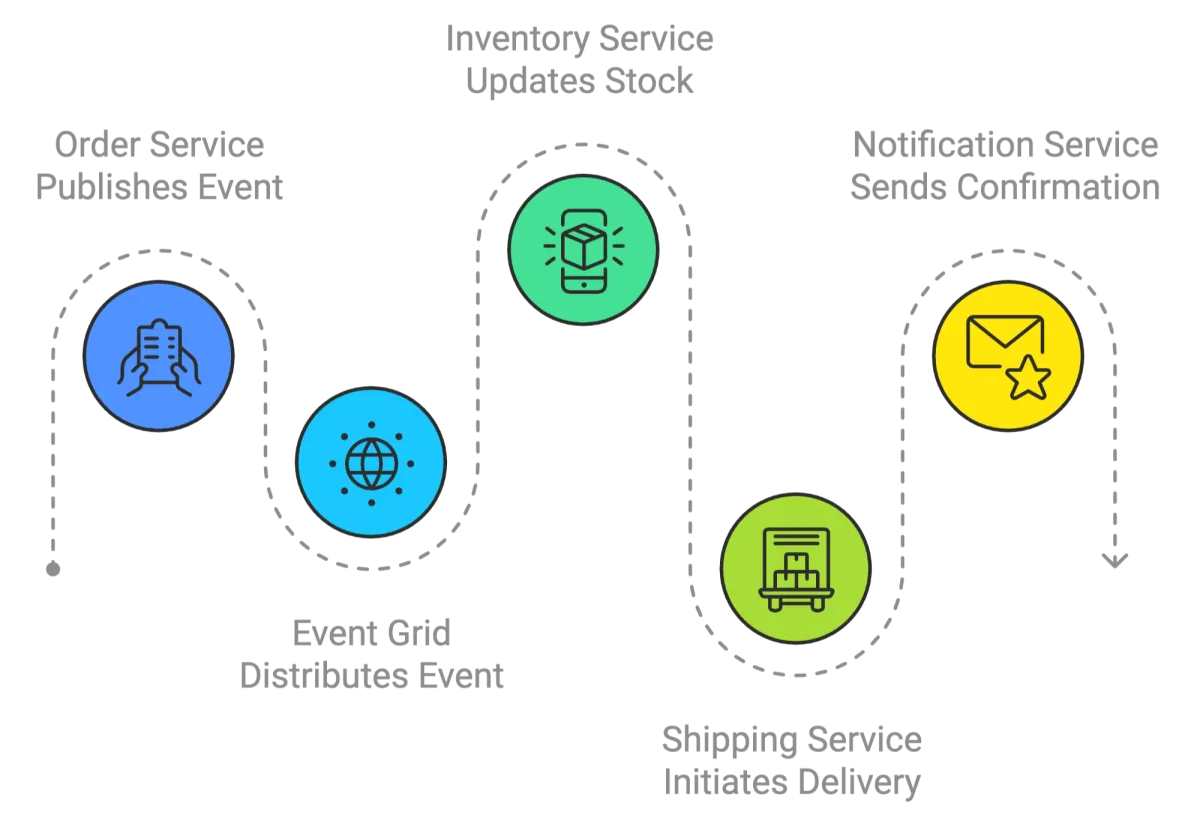
Integrating Synergy Sparq’s Developers into Your Team

Implementing EDA effectively requires expertise in architectural principles and Azure services. Synergy Sparq provides skilled developers who can integrate with your team to enhance your capabilities.
Benefits of Integrating Our Developers
- Expertise in EDA and Azure: Our developers have in-depth knowledge of EDA principles and hands-on experience with Azure’s event-driven services.
- Seamless Collaboration: They work alongside your team, adopting your processes and contributing to shared goals.
- Accelerated Implementation: With their specialized skills, projects progress efficiently, reducing time to deployment.
Conclusion
Understanding the core principles and components of Event-Driven Architecture is essential for building responsive and scalable systems. Azure provides a suite of services that embody these principles, making it an excellent platform for implementing EDA.
By integrating skilled developers from Synergy Sparq into your team, you can leverage their expertise to design and implement event-driven solutions effectively, ensuring your applications are robust, scalable, and efficient.
Next Steps
If you’re looking to enhance your team’s capabilities in Event-Driven Architecture and Azure, consider partnering with Synergy Sparq. Our developers are ready to contribute to your projects and help you achieve your goals.






